Expansion of IoT Applications
The proliferation of Internet of Things (IoT) applications is significantly influencing the wi sun-technology market in the GCC. As cities evolve into smart environments, the integration of IoT devices is becoming essential for efficient data collection and management. The wi sun-technology market is poised to benefit from this trend, as it facilitates seamless communication between devices, enabling real-time monitoring and control. Reports indicate that the IoT market in the GCC is expected to grow at a CAGR of 25% over the next five years, which could lead to increased adoption of wi sun-technology solutions. This growth presents opportunities for companies to innovate and develop new applications that leverage wi sun-technology for enhanced connectivity and operational efficiency.
Rising Demand for Energy Efficiency
The wi sun-technology market is experiencing a surge in demand for energy-efficient solutions across the GCC region. This trend is driven by increasing energy costs and a growing awareness of environmental sustainability. Governments in the GCC are actively promoting energy-efficient technologies to reduce carbon footprints and enhance energy security. For instance, the implementation of smart metering and energy management systems is becoming prevalent, with estimates suggesting that energy efficiency measures could reduce energy consumption by up to 30% in urban areas. This heightened focus on energy efficiency is likely to propel the wi sun-technology market, as stakeholders seek innovative solutions to optimize energy use and minimize waste.
Increased Focus on Sustainable Development
The wi sun-technology market is benefiting from an increased focus on sustainable development within the GCC. As nations strive to diversify their economies and reduce reliance on fossil fuels, there is a growing emphasis on renewable energy and sustainable practices. This shift is reflected in various national strategies, such as Saudi Arabia's Vision 2030, which aims to enhance sustainability across sectors. The wi sun-technology market is likely to play a pivotal role in this transition. It supports the deployment of smart grids and renewable energy solutions. The potential for reducing greenhouse gas emissions through the adoption of wi sun-technology could be substantial, making it an attractive option for stakeholders committed to sustainability.
Government Initiatives for Smart Infrastructure
Government initiatives aimed at developing smart infrastructure are playing a crucial role in shaping the wi sun-technology market. The GCC countries are investing heavily in infrastructure projects that incorporate advanced technologies to improve urban living standards. For example, the UAE's Vision 2021 emphasizes the importance of smart cities, which is likely to drive demand for wi sun-technology solutions. With projected investments in smart infrastructure reaching $100 billion by 2030, the wi sun-technology market stands to gain significantly from these developments. The alignment of government policies with technological advancements is expected to create a conducive environment for the growth of wi sun-technology applications.
Technological Advancements in Communication Protocols
Technological advancements in communication protocols are significantly impacting the wi sun-technology market. The development of more efficient and reliable communication standards is enabling better connectivity and interoperability among devices. This is particularly relevant in the context of smart city applications, where seamless communication is essential for effective data exchange. The introduction of new protocols that enhance the performance of wi sun-technology solutions is likely to drive market growth. As the demand for robust and scalable communication solutions increases, the wi sun-technology market is expected to evolve, offering innovative products that meet the needs of various sectors, including utilities, transportation, and public services.


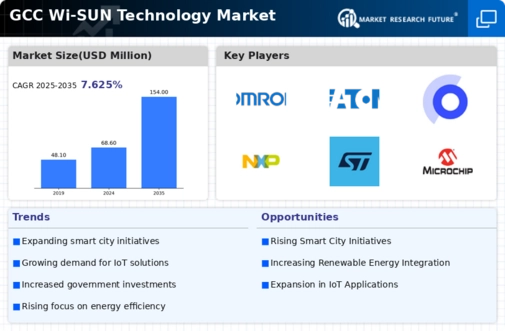
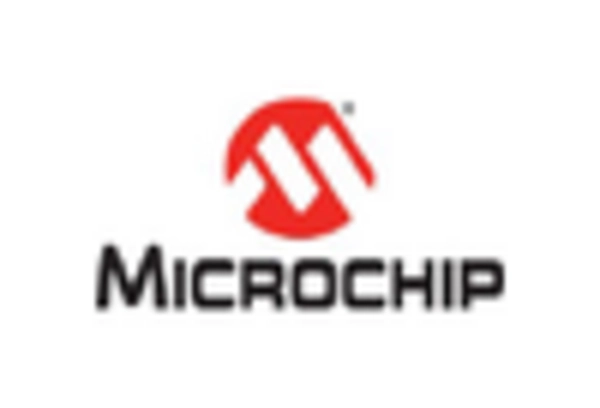
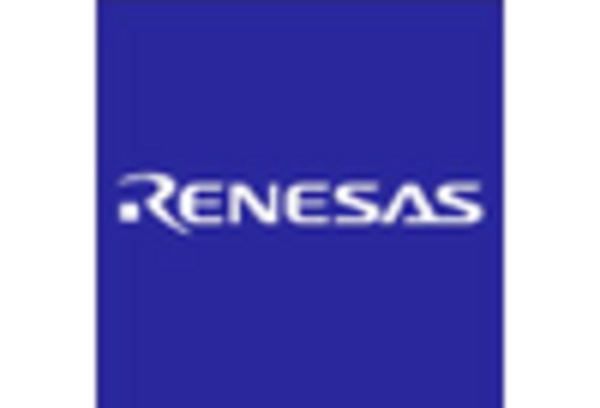
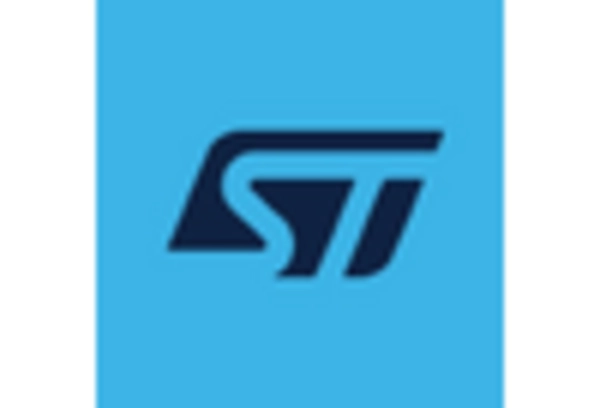
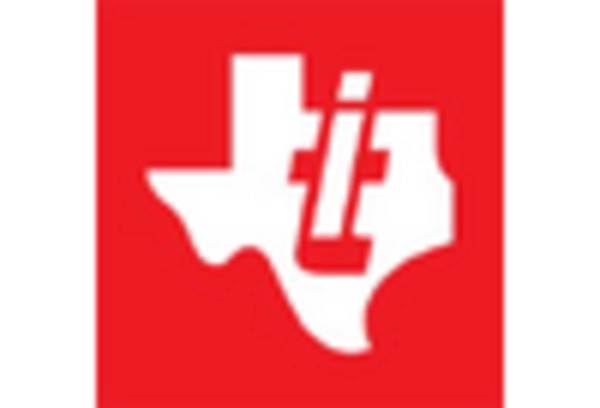








Leave a Comment